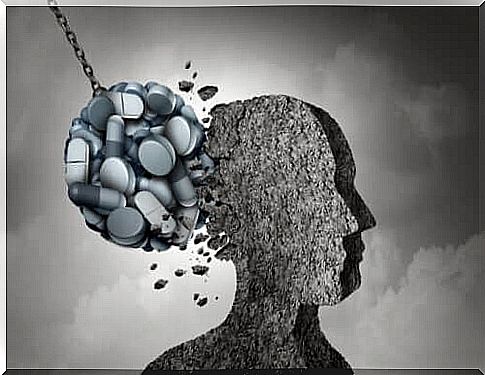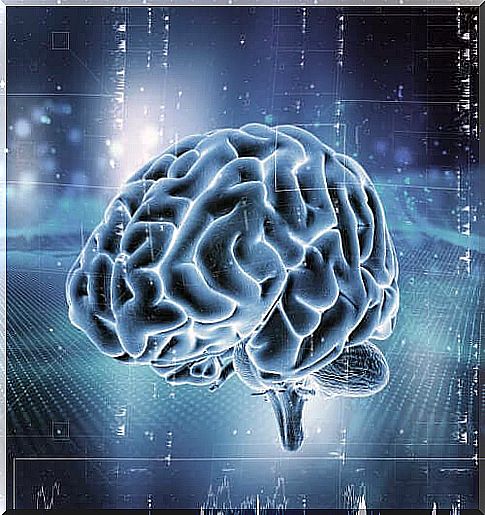Opioid Addiction: How To Explain It?
Opioid use affects the dopaminergic system in the brain, which is responsible for controlling dopamine levels. The state of euphoria is one of the culprits in the generation of addiction.

Addiction to opioids became critical from the 1980s when the abuse of opioids began indiscriminately. Addiction involves both patients and healthcare professionals.
Continued use can create an addiction characterized by a strong desire to use substances, a deterioration in the ability to control their use, as well as persistent use despite the harmful consequences they can produce. Opioid dependence or addiction is a chronic disease, with frequent relapses, associated with dramatically increased morbidity and mortality rates.
When prescribing opioid-based pain medication, the use of these types of drugs is always a dilemma. The latter involves evaluating the positive effects of these drugs on pain reduction versus the negative effects, which include addiction or overdose.
In addition, the risk of opioid addiction increases dramatically when used recreationally and outside of a prescription. Whether overdoses or administered by different routes to that indicated. In addition, the risk also increases if these substances are consumed with alcohol.
Oddly enough, before the 1980s, doctors were more careful when prescribing types of drugs. However, articles weak in scientific evidence were published which affirmed the good effectiveness and the safety of these drugs. This phenomenon then led to use without discrimination.
How does opioid addiction occur?

Opioid use affects the dopaminergic system in the brain. This is responsible for controlling dopamine concentrations. In addition, dopamine is a substance that is involved in many processes in the body. Stimulating this system repeatedly affects the plasticity of the brain.
Indeed, cerebral plasticity is one of the main characteristics of this organ. It is this characteristic that allows the brain to recover and restructure itself. It allows neurons to regenerate both anatomically and functionally and to form new connections between them.
Thus, since plasticity is damaged, self-control when seeking and compulsively consuming substances decreases. This research and uncontrolled substance use is what we know as addiction.
Characteristics of opioid addiction

These substances trigger both positive and negative effects. Regarding the positive effects, they lead to euphoria and cerebral reward. On the other hand, as regards the negative effects, they are the consequence of a relief of the pain, not only physical but also of an emotional or psychic type caused by stressful or traumatic events.
Therefore, people who suffer from mental disorder get a more powerful negative reinforcing effect and this then makes them more vulnerable. Studies support these claims.
About 90% of people addicted to opiates have an additional psychiatric disorder. The most frequent are:
- Major depressive disorder
- Alcohol use disorders
- Antisocial personality disorder
- Anxiety disorders
The stimulation produced by opioids in the brain’s reward system is the main reason some people use this drug repeatedly. Especially during the early stages of addiction. However, over time an urge to use opioids develops that goes beyond pleasure use. This increased compulsion is linked to tolerance and dependence.
As just mentioned, the risk of addiction also increases when opioids are used differently than prescribed by the doctor. Either with higher doses or by a more direct route of administration than the oral route. Either with other drugs or alcohol. This is because these substances can interact synergistically, which increases the risk of overdose.
Conclusion
Opioid addiction is closely linked with the repeated activation of the brain’s dopaminergic system which affects its plasticity. As a result, self-control when consuming these substances is less.
Finally, it is essential to educate doctors in the rational use of these drugs. In addition, anti-drug campaigns for society are also essential to prevent this type of problem.









